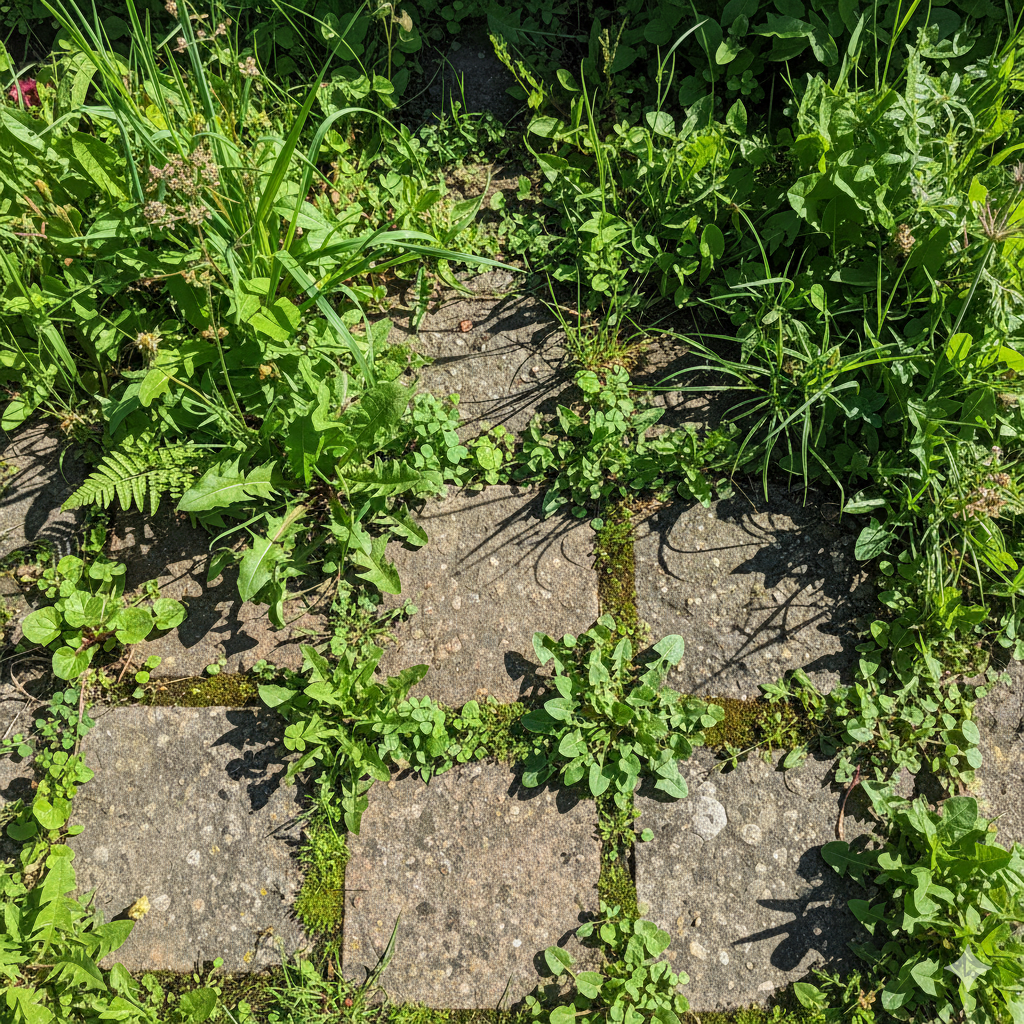The gardening world has been buzzing with eco-conscious approaches lately, as homeowners search for ways to ditch toxic weed killers. Sure, those harsh chemicals might zap weeds instantly, but they’re wreaking havoc on our ecosystems, destroying soil microbes, and threatening the creatures we desperately need in our gardens. That’s when my grandfather—a man who’s been nurturing plants since before synthetic herbicides even existed—shared his time-tested wisdom with me. His approach doesn’t just eliminate weeds; it actually enriches the earth and creates a haven for beneficial wildlife. He calls it his cardboard trick.
Understanding the Cardboard Technique
This ingenious strategy, sometimes called sheet mulching, harnesses the power of simple corrugated cardboard to naturally suppress unwanted plants. The concept is beautifully straightforward: by creating a light-blocking barrier over problem areas, you essentially starve weeds of the sunlight they need for photosynthesis. As these invasive plants gradually weaken and die, the cardboard slowly breaks down, transforming into valuable organic material that feeds your soil. This budget-friendly solution shines particularly bright in areas overrun with persistent weeds that laugh in the face of conventional removal methods.
Implementing Cardboard Weed Management: Your Complete Guide
The Science Behind This Brilliant Approach
Complementary Organic Weed Solutions
While the cardboard technique delivers impressive results, pairing it with additional natural strategies amplifies your success:

Embracing Earth-Friendly Garden Practices
Choosing sustainable approaches like this cardboard strategy extends far beyond simple weed management—you’re fostering a healthier outdoor space and contributing to planetary wellness. When you abandon aggressive chemical treatments, you’re safeguarding essential pollinators, protecting underground organisms, and preserving local fauna while building a robust, self-maintaining garden ecosystem. My grandfather’s technique demonstrates that the most elegant solutions often come wrapped in simplicity. Test this method in your own outdoor space, and you’ll discover just how effortlessly you can control unwanted plants while simultaneously nourishing the living soil that supports everything above it.





